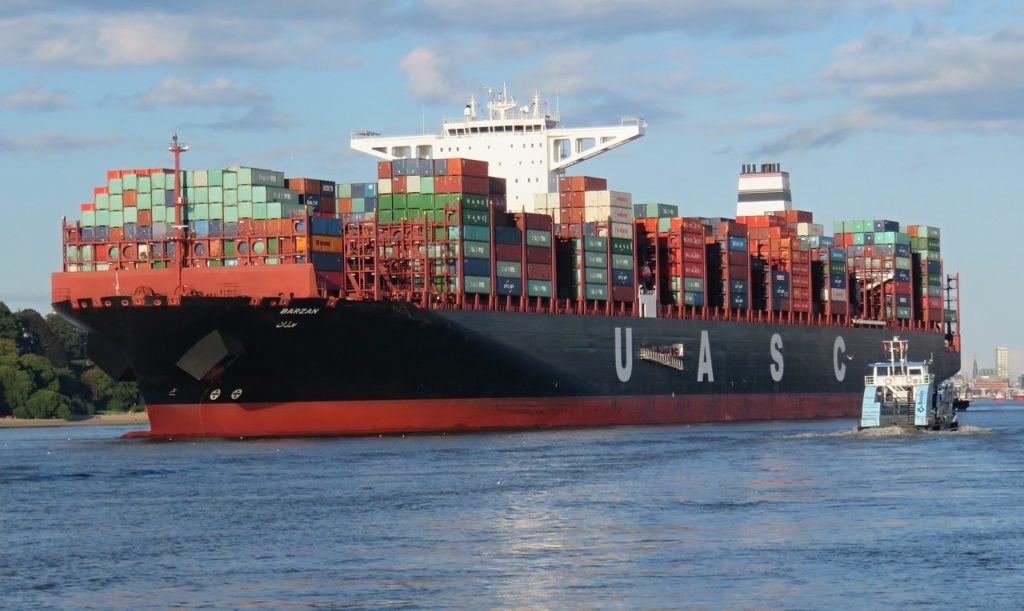Client: RENFE
Date: 2011
The profitability of the high speed is being questioned under operating economic criteria (economic rationality). But the high speed contains not only economic and financial issues (such as travel time, cost, comfort, reliability, etc.), but also other tactical and intangible aspects that are socially valued, and that the traditional cost-benefit analysis (CBA) are not able to catch.
On this basis, the project ME3SAVE developed within the framework of a cooperation agreement between Renfe and the Center for Innovation in Transport (CENIT), of the Technical University of Catalonia (BarcelonaTech), has been aimed at developing an assessment tool applicable to any high speed investment analysis, integrating (a) economic rationality, (b) strategic decisions, and (c) the completeness (considering both effects and agents potentially involved in those projects) and accuracy in obtaining values and data for the calculation.
The result of this project is a visual yet detailed tool of calculations (with methodologies and values adapted to the reality of the high speed and its competence) which has the added value of complementing the CBA (direct and operational effects) with indirect effects (through input-output tables), and intangible assets, all of this with a system perspective and not just as a transport mode. The system perspective is based on the actors-effects matrix, developed by CENIT and has received the methodological backing of the European Investment Bank (EIB) under the name of RailPAG (www.railpag.org). Both the development of the methodology and its formal expression in a matrix of cells, that can be expanded and containing reference values and how to calculate them, represent an exercise of institutional transparency.
The application of the methodology developed shows that the traditional CBA with a monetization of operational variables provides only about half of the total benefits which include other tactical and strategic variables.










